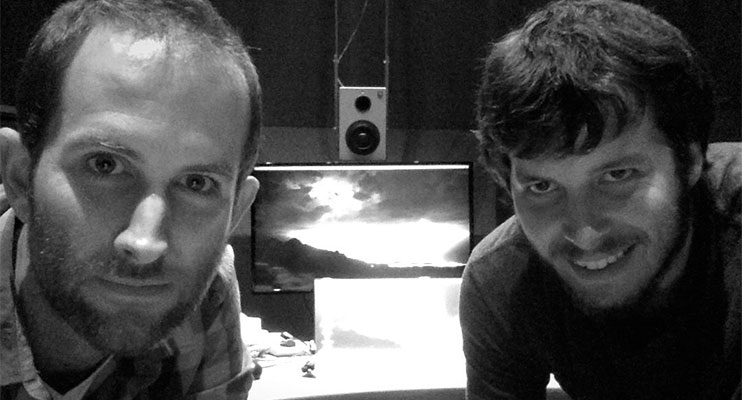Schulich School of Music students Ben Duinker (PhD program, Music Theory) and Denis Martin (PhD program, Sound Recording) bring diverse but related expertise to their collaborative research. Both hail from Nova Scotia and have backgrounds as performing percussionists who have branched off into different fields of music academia. Ben’s doctoral research focuses on hip-hop and Martin’s deals with critical listening strategies in audio.
Partway through our PhD degrees, with support from the Centre for Interdisciplinary Research in Music Media and Technology (CIRMMT), we are researching the following questions:
- What do we mean when we speak about a musical artist’s “sound”?
- What factors lead to our assertions that different artists “have the same sound”?
- When used in this context, is the term “sound” qualifiable and/or quantifiable as a sum of its identifiable parameters?
We share an interest in rhythm, so hip-hop music seemed ideal to study for this project.
The Golden Age corpus
Hip-hop’s golden age is generally understood to encompass the genre’s diversification and mainstream breakthrough of the late eighties and early nineties. We have developed an 100-song set, or corpus, of critically acclaimed hip-hop tracks released between 1986 and 1996. To do this we consulted several “best of” lists from sources such as Rolling Stone, LA Weekly, About.com, and VH1. Billboard was not consulted because it did not devote a chart exclusively to Hip-Hop until 1989.
Building such a corpus allows us to study a body of music that was chosen by other parties, and therefore not hand picked to produce desired results.
Analysis
After building the song set, we set a list of parameters to analyze in each song:
- Ben worked with basic musical parameters such as tempo, key/mode, lyric subject(s) and more complex ones such as orchestration (it can be difficult to discern al instruments/samples present), vocal timbre, and formal divisions.
- Denis worked with basic production parameters such as dynamic range, noise reduction and more complex ones such as special production effects and stereo imaging.
The main challenge of working with this analyzed data is to render it into quantifiable or comparable forms: each parameter must be represented by a number or yes/no quality.
In the final phase of the project we will develop a sonic index, which is a weighted agglomeration of each analyzed parameter. Thus, any song in the corpus can be ascribed a sonic index which can be compared to that of any other song. If the similarity between a pair of songs is deemed sufficiently high, the data thus suggests that the two songs have “a similar sound”. Finally, similar song pairs can be further examined to reveal which sonic parameters contribute more often to the pairings, and which do not.
Why undertake this research?
- First, music theory seeks as its main goal to explain the intrinsic principles of music as they are manifest in composition, performance, perception/cognition, and reception. In this project we seek to examine, through empirical methods, whether an artist’s “sound” can be quantified as a combination of various musical, recording, and postproduction parameters. This procedure enables us to explore which parameters are more useful to refer to when describing an artist’s or track’s “sound”.
- Second, it allows us to test commonly held ascriptions of similarity / dissimilarity in a parent genre. For example, if a scholar or publication suggests how hip-hop breaks down into of subgenres (as many have), how will such assertions correlate with the findings of this project? Furthermore, how might an average listener evaluate similarity in hip-hop, and will that process produce similar results to those of this study?
- Third, it addresses an under-researched domain of popular music. There is a young but growing tradition of hip-hop analysis in the music theory community, but research which unites, on equal terms, the creative contribution of both the artist and recording engineer is scarce.

In this photo: Schulich School of Music graduate students Ben Duinker and Denis Martin.


